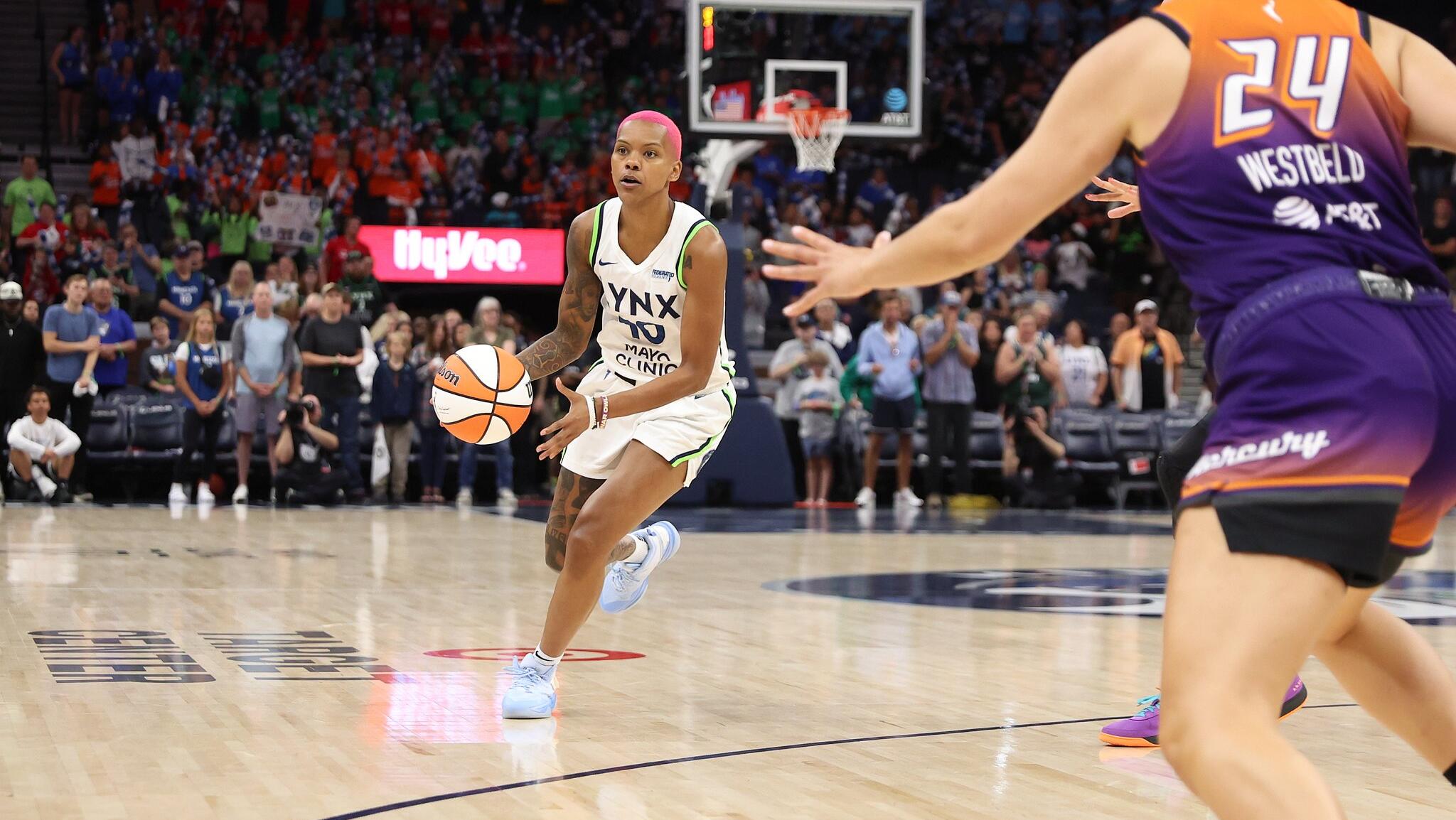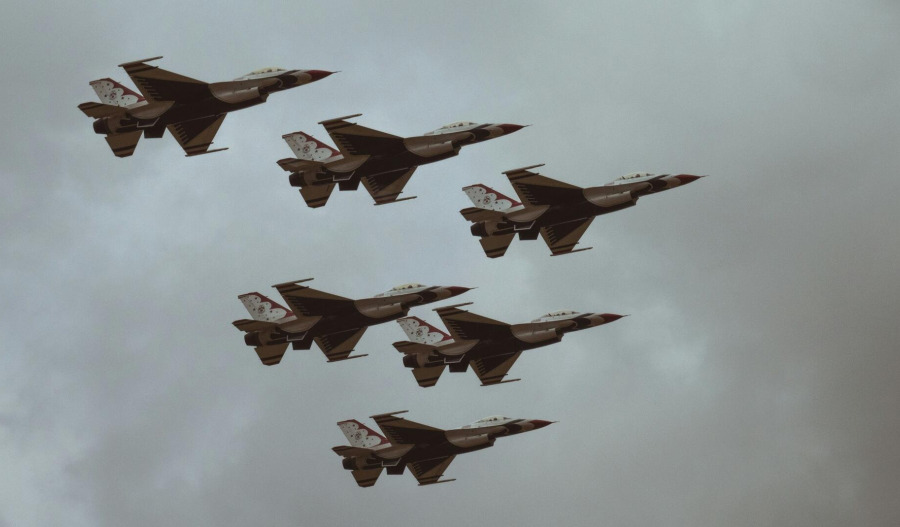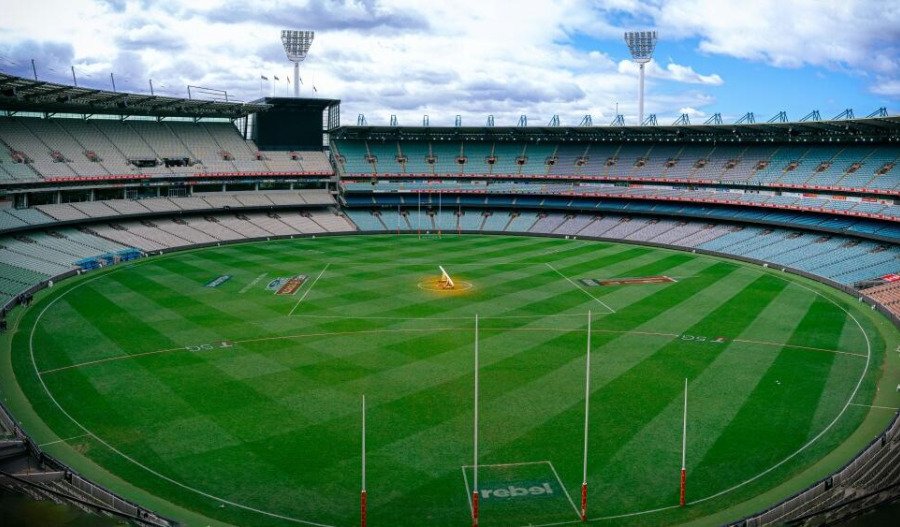WNBA players sent a message to the league in front of millions of viewers demanding more pay ahead of their All-Star Game in Indianapolis last weekend.
All of the players on Team Clark and Team Collier donned shirts that read “Pay us what you owe us” in front of a sold-out crowd of over 16,000, with millions more watching at home.
“We get a very tiny percentage of all the money that’s made through the WNBA, which obviously is made through the entertainment we provide,” said Napheesa Collier on the decision to wear the shirts.
“So we want a fair and reasonable percentage of that.”
At the end of the game, the crowd erupted into chants of “Pay them!” and some fans held up signs that read “Pay the players” during the game.
"We didn't, at least as players, we didn't know that was going to happen. So it was a genuine surprise. Those chants tonight, those signs, it just shows that as players, we are united, but the fans are united in believing what we're seeking,” Los Angeles Sparks guard Kelsey Plum said of the crowd's support.
The protest comes just days after more than 40 players were with the WNBA and failed to reach a new bargaining agreement.
Players weren’t satisfied with the outcome regarding a better revenue sharing model, higher salaries, better benefits and a softer salary cap ahead of the looming late-October deadline.
As it stands, WNBA players receive 9.3% of league revenue, including TV deals, tickets and merchandise sales, according to MarketWatch. In comparison, NBA players receive roughly between 49% and 51% of basketball-related income.
The league minimum for a WNBA player is US$66,079 and the maximum is US$249,244, with the average salary sitting at US$102,249, according to Spotrac data.
This is significantly lower than the salaries of NBA players where the league minimum is US$1.27 million and the average is more than US$13 million according to data from Sports Reference.
Some argue that comparing the pay structure between the leagues isn’t fair as the NBA has been running for 75 years, with a 6-month regular season and billions of dollars in corporate sponsors whereas the WNBA is just entering its 29th season and plays four months of the year.
According to CNBC, the NBA has around US$13 million in revenue compared to the WNBA’s US$200 million.
Despite this, the WNBA continues to grow rapidly, with a new US$2.2 billion media deal and expansion fees of US$250 million. The league is also set to grow to 18 teams in the next five years.
The second half of the WNBA season resumes this week, and players from the All-Star Game have yet to confirm whether they will wear the shirts again in the weeks ahead.
However, some players, including All-Stars Collier and Angel Reese, said they will walk out if a new collective bargaining agreement isn’t reached by the October deadline.



